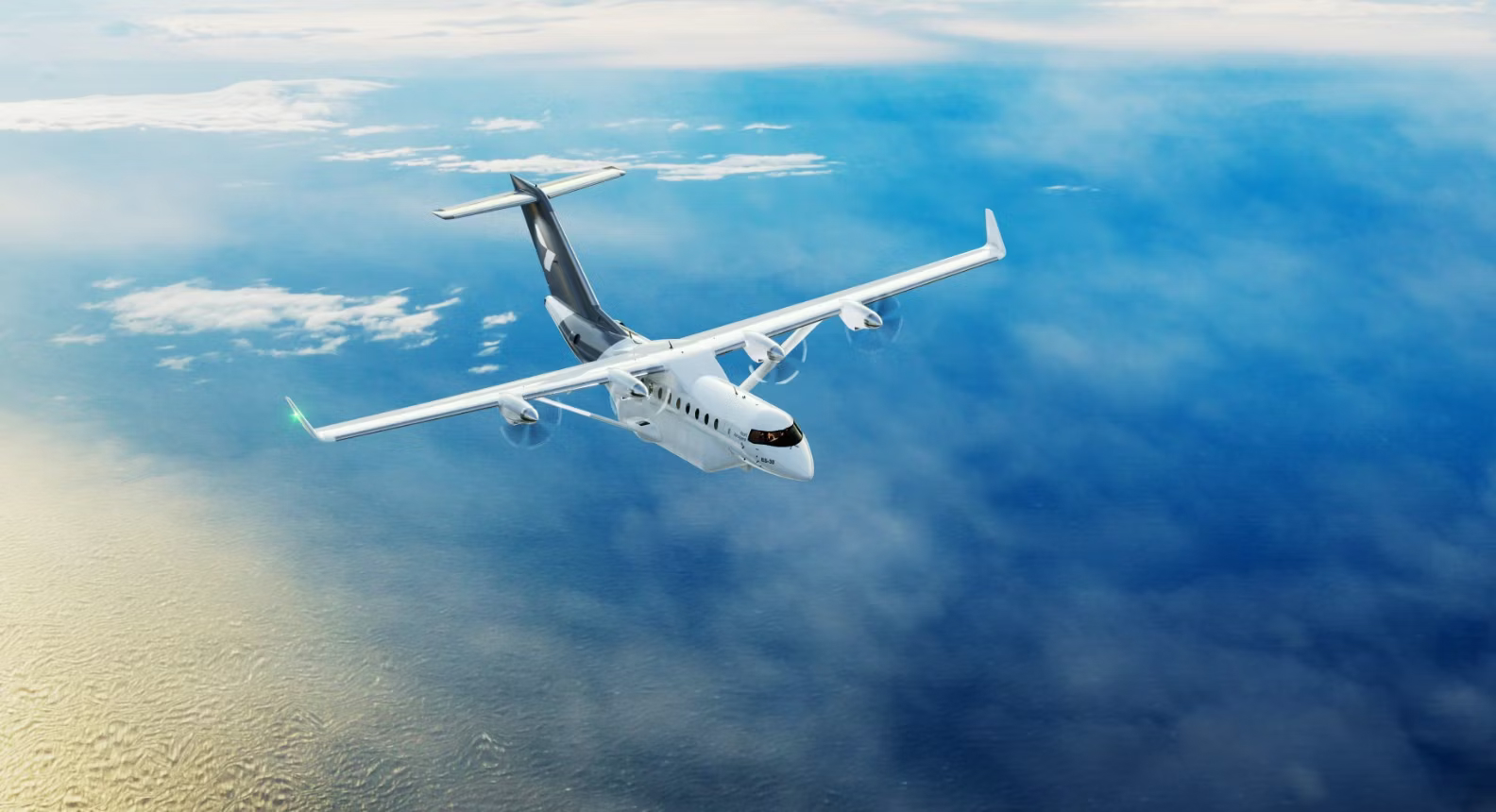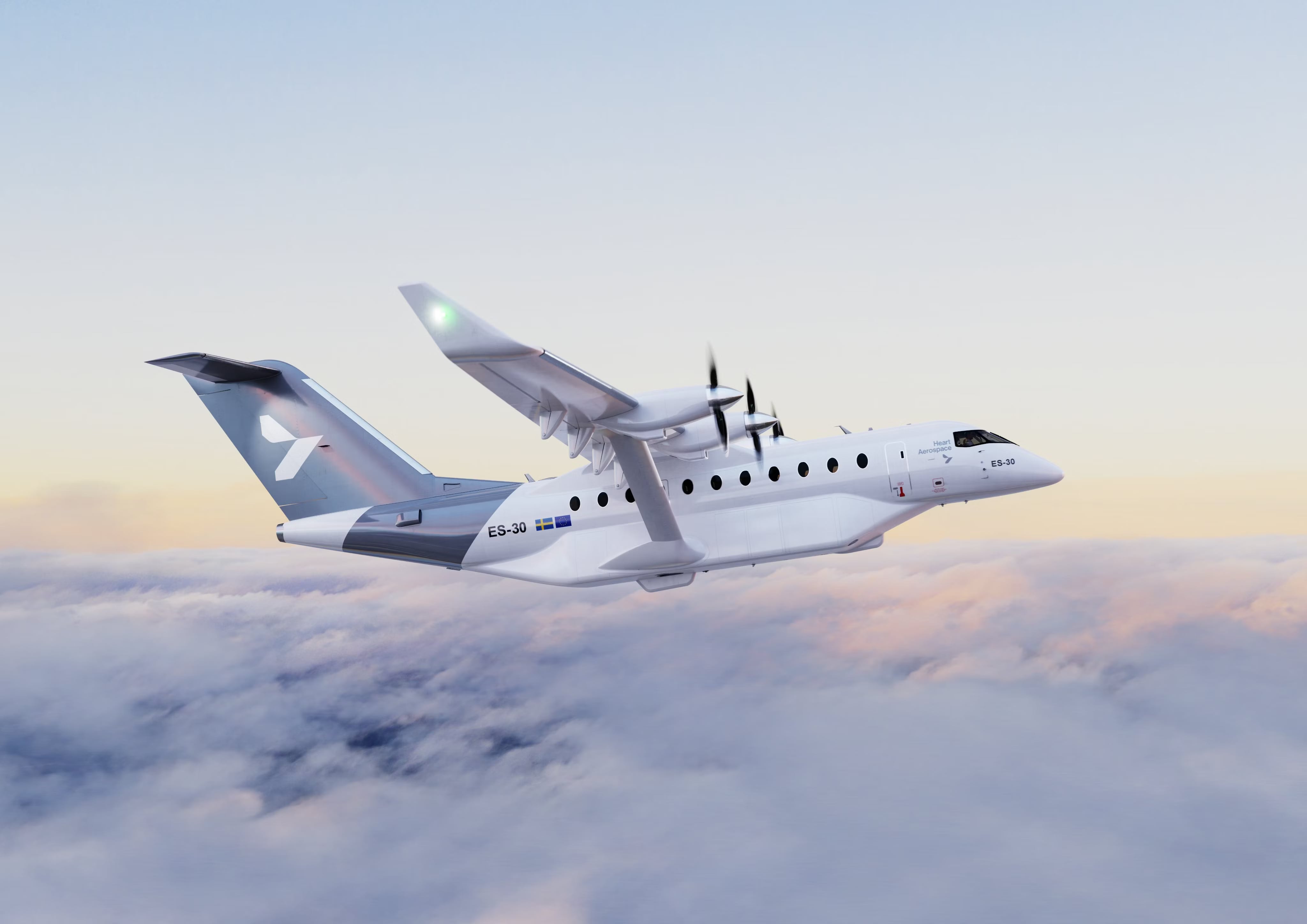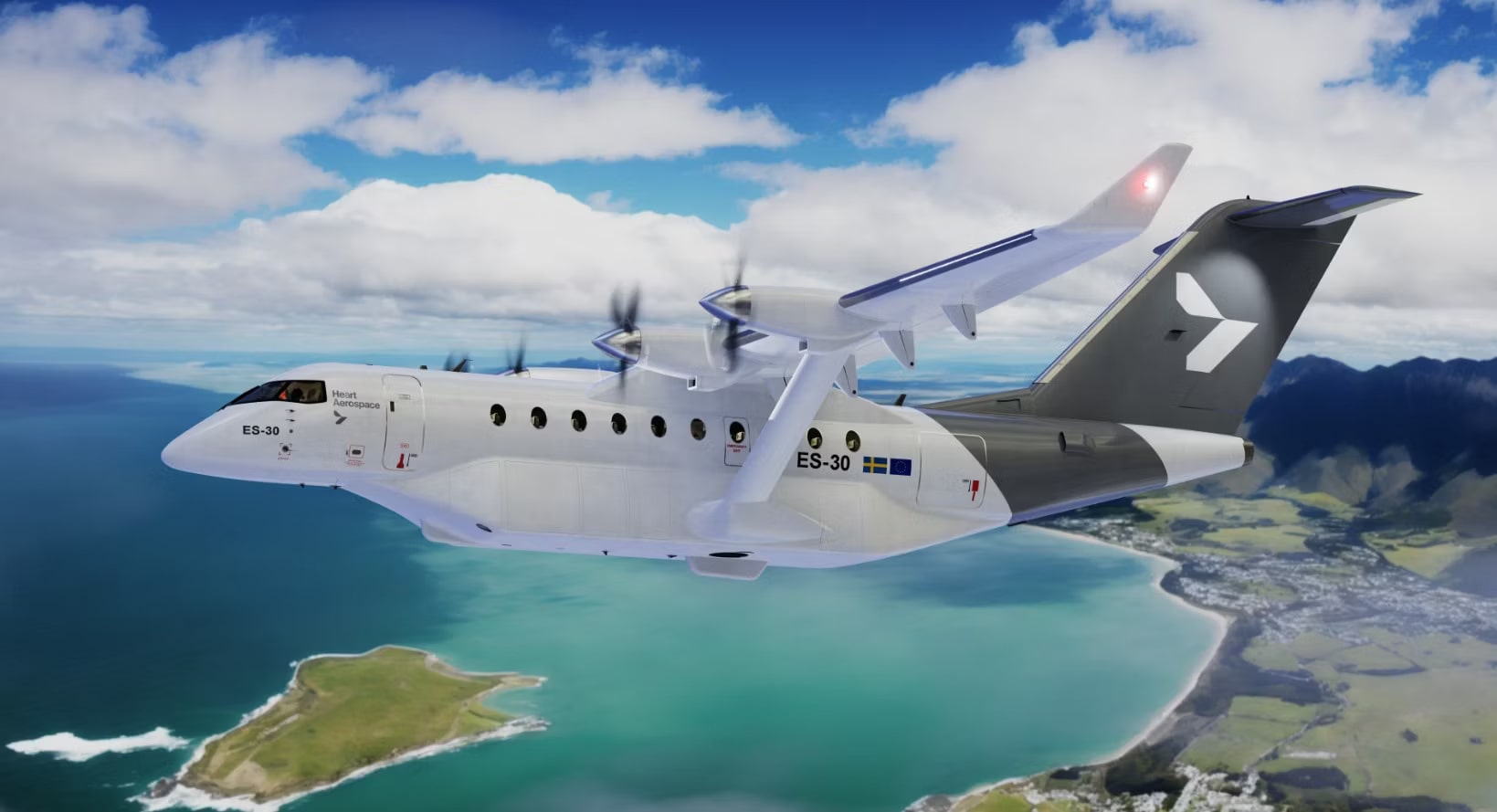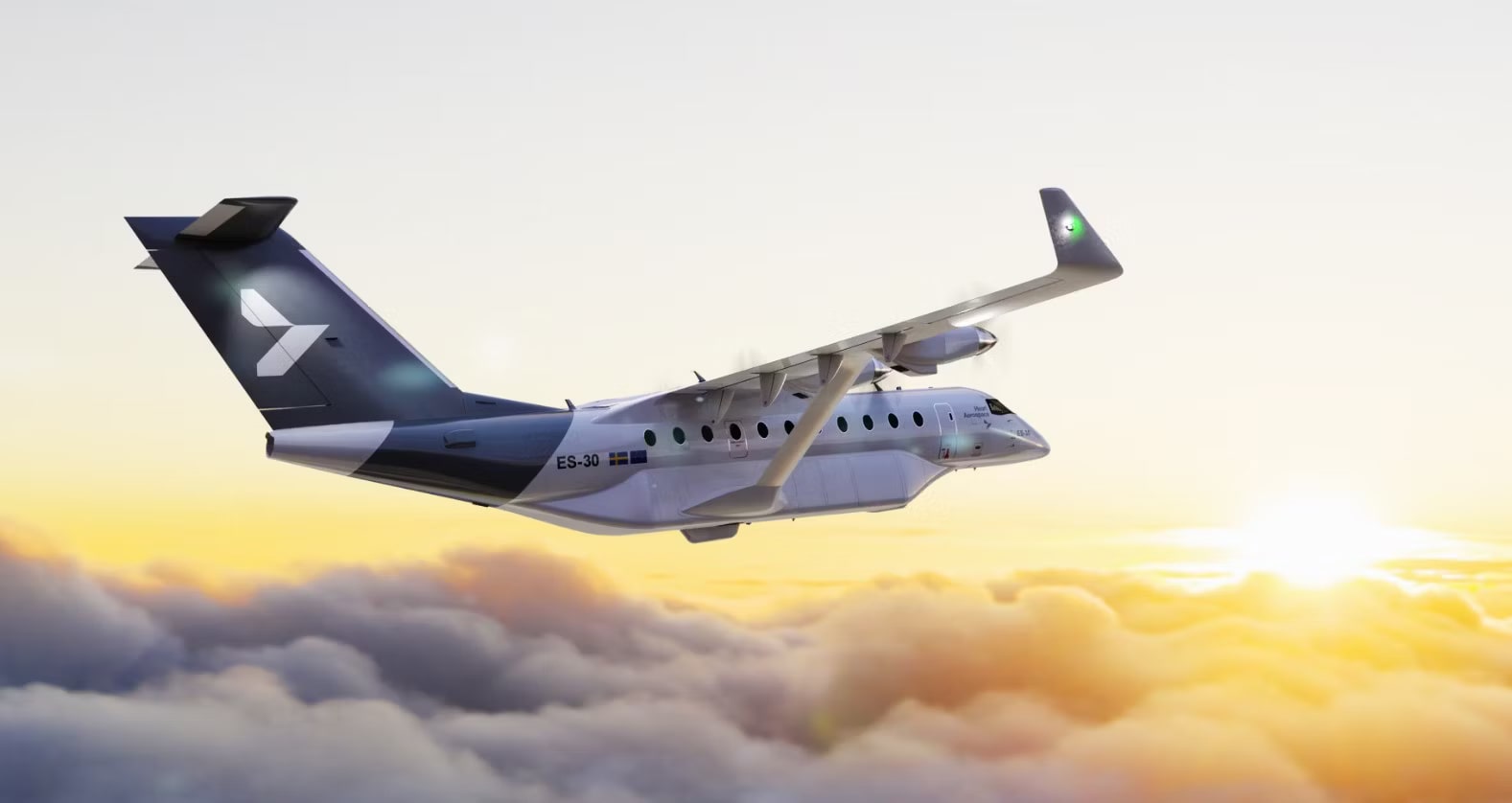Heart Aerospace Signs Long-Term Partnership For Air New Zealand’s Mission Next Gen Aircraft
Heart Aerospace’s next-generation aircraft could take to New Zealand skies by 2030.
Heart Aerospace’s next-generation aircraft could take to New Zealand skies by 2030.

Air New Zealand has selected Heart Aerospace as its partner for the carrier’s ‘Next Gen Aircraft’ mission. The New Zealand airline has selected the ES-30 as a suitable replacement for its aging Bombardier Q300 DHC-8 Dash 8, with its first replacements expected by 2030. Air New Zealand has been mulling over the next-gen aircraft, with Heart Aerospace selected alongside Airbus, ATR, Embraer, and Universal Hydrogen.
Accessibility and connections are essential in New Zealand, with its scattered population across multiple islands. Air New Zealand’s ‘Mission Next Gen’ has been created to develop zero-emission aircraft technologies and the required infrastructure that will be needed for commercial aviation. Anders Forslund, co-founder and CEO of Heart Aerospace, released this statement:
“Air New Zealand is truly leading the way with its efforts to reduce emissions from air travel, and we are impressed by the diligence with which they approach this challenge. We could not be prouder to have been selected as a long-term strategic partner on their journey towards net zero. At Heart Aerospace, we say the real innovation is getting it done, and together we will.”
Discover more aviation news for Australia and Oceania here.

Photo: Heart Aerospace
The aviation industry has come under increased pressure to reduce its environmental footprint, which is how we have seen airlines such as Air Canada, Sounds Air, and Air New Zealand partnering with firms to develop zero-emissions fleets. Air New Zealand’s chief sustainability officer, Kiri Hannifin, has confirmed that Universal Hydrogen, Embraer, and Heart Aerospace will continue as long-term partners for a new era of flying by 2030. A statement from Hannifin noted:
“Through our partnerships with Airbus and ATR, we’ve been able to deepen our understanding of the impact green hydrogen and battery hybrid aircraft may have on our network, operations and infrastructure, as well as the opportunities and challenges of flying low and zero emissions aircraft in New Zealand, adding Universal Hydrogen, Embraer and Heart Aerospace will broaden our knowledge of the technologies being developed for potential future aircraft.”

Photo: Heart Aerospace
Get the latest aviation news straight to your inbox: Sign up for our newsletters today.
Air New Zealand aims to have its first zero-emissions aircraft in the air by 2026, with a passenger capacity of between 30-200.
Heart Aerospace is developing the ES-30, an electric airplane fit for regional operations. The battery-powered aircraft will accommodate up to 30 passengers. The ES-30 will have a range of 200 kilometers, an extended range of 400 kilometers with 30 passengers, or more flexible with up to 800 kilometers with just 25 passengers. With Air New Zealand’s Kiri Hannifin’s further noting:
“We want to be a leader in the rollout of zero-emissions aircraft in New Zealand. Having Heart Aerospace as one of our long-term partners will grow our collective understanding of zero emissions aircraft technology as it develops and will give them the confidence they are developing a product that’s viable for us.
“We firmly believe that the collaborative approach is the only way to ensure we have a sustainable future for aviation. Together we will be able to bring an affordable, accessible and responsible product to the flying public of New Zealand”.

Photo: Heart Aerospace